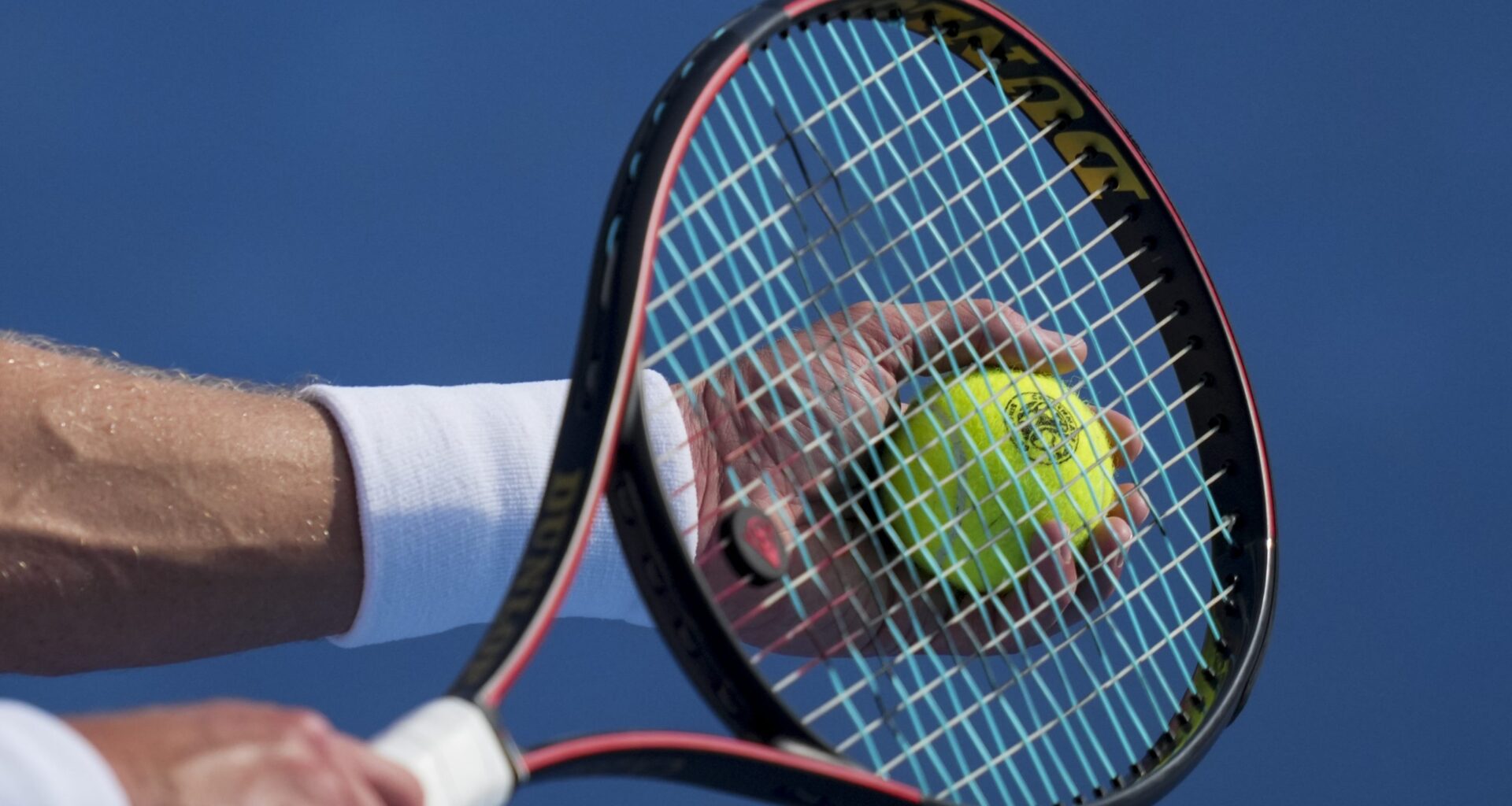The ATP and WTA Tours are very close to agreeing to merge their commercial operations, Stacey Allaster, CEO of professional tennis at the USTA this morning told a sports business conference hosted by Columbia University’s School of Professional Studies.
The talks have been occurring for years and largely stalled over the split of revenues. The ATP has long contended that standalone men’s events are more commercially valuable than solo women’s events and thus wanted far more than just a 50-50 split (a 70-30 split was once floated). It’s unclear how this issue is resolved in the near complete agreement Allaster referred to.
“Right now, it’s the closest ever to bringing together their commercial assets,” Allaster said. “They are on the doorstep of signing and they will become one commercial entity.”
Merging the business units does not mean a merging of the tour operations and more than 100 total tournaments under one roof, though there are scores of combined events. The tours, at least for now, will continue to operate distinct circuits.
The goal in combining the business units is that selling a single media package is more compelling to broadcasters and will lead to wider coverage. Marketing TV and streaming sponsorships across all the tournaments becomes possible, and the data deals (selling scores and other digital info to gambling interests) are much more attractive.
Beyond the squabble over revenue split, the ATP’s commercial structure also is a hurdle. The WTA houses all of its commercial rights under one business roof, WTA Ventures. Some ATP commercial rights are housed in one unit, broadcast rights to just the Masters 1000 in a second, media rights to other tournaments in a third, and data rights in a fourth.
“How do you bring all those entities under one roof?” Allaster asked. “It’s five entities.”
Allaster also addressed the long delays to enter the main stadium in last month’s U.S. Open men’s finals, which saw thousands of fans not able to get in before the end of the first set because of enhanced security to accommodate President Donald Trump’s attendance. She basically washed her hands of the imbroglio, saying the USTA did not invite Trump (sponsor Rolex did), and Secret Service assumed total control of Arthur Ashe Stadium at 10 PM the night before.
“Our security people were relieved of their duties, and Secret Service took over, so we had no control over security,” she said. “Secret Service, not USTA; three times as long to scan people into the building than our people on Friday for the semifinals.”
Allaster said about 80 fans sent correspondences to complain, and the USTA is addressing those consumers.
She also tried to defend the notice that went out to broadcasters to not cover any protests that might break out with Trump there. The notice stemmed from the 2023 women’s final which was disrupted by environmental activists who glued their feet to the stadium floor.
“That episode where we had bare feet glued to the floor, when that episode happened, ESPN covered it for forty five minutes. It was nonsensical,” she said. Of the Trump final, Allaster insisted, “I want to be very, very clear, we did not censor the media.”
That’s a sentiment that’s hard to stomach of course. Clearly a protest action during the Finals would have been newsworthy and worthy of coverage. Showing Trump in his suite, which Allaster said should be enough, is not on its own sufficient if a protest had transpired.
She compared a protest to someone running on the court, like happens in baseball games, which broadcasters typically don’t show to discourage such activity.
Funny enough, the pre-tournament crisis management planning focused on an entirely different concern: what to do if dildos were thrown on the court, as occurred at some WNBA games. Allaster didn’t say what would have happened other than the ball kids wouldn’t be responsible for clearing them from the court.

